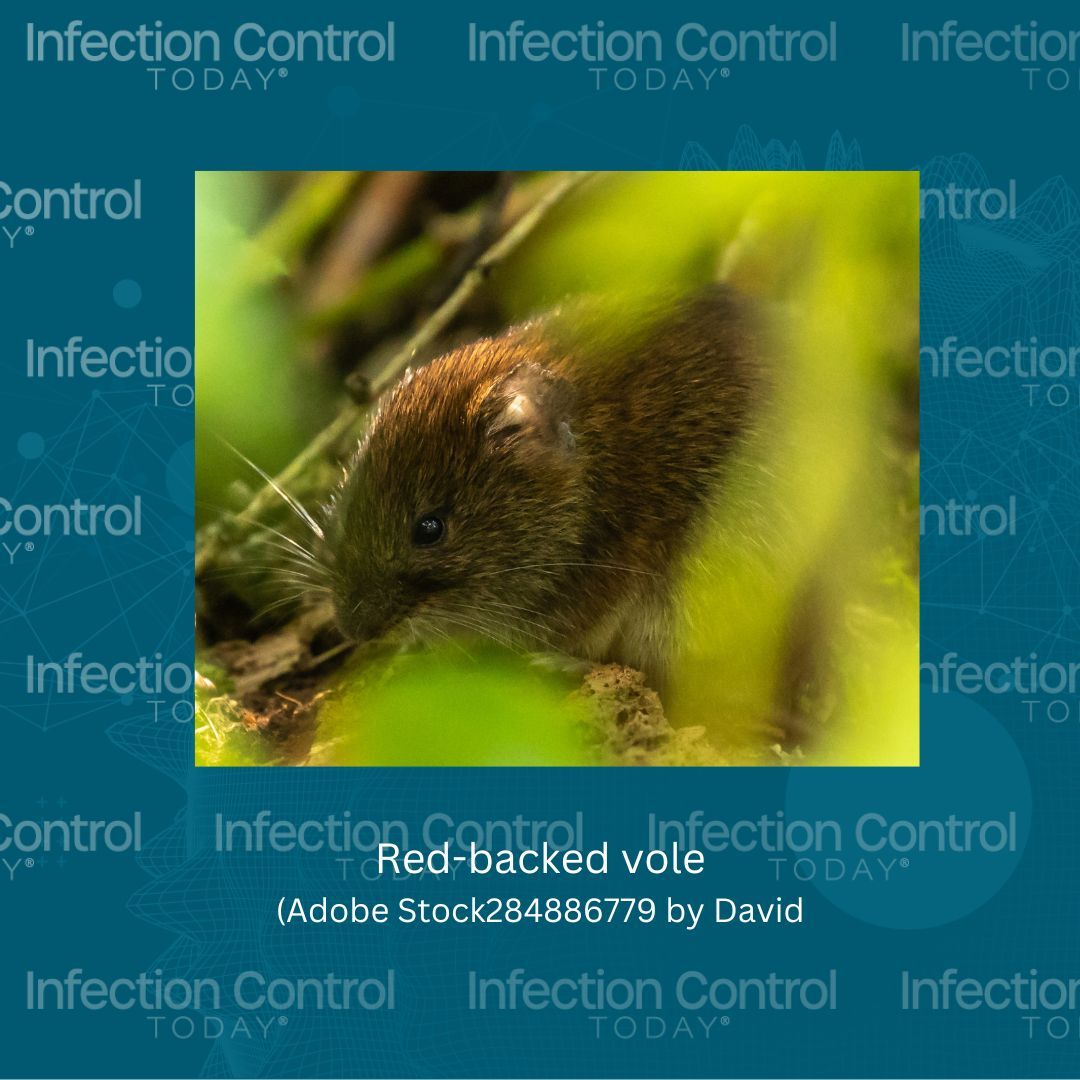Borealpox Virus: Alaska Renames Orthopoxvirus With Broader Implications
Discover Alaska's borealpox virus, formerly Alaskapox, now named for its ecosystem origins. Learn about this orthopoxvirus affecting humans and small mammals, with prevention insights.
A red-backed vole
(Adobe Stock 284886779 by David)

The Alaska Department of Health, in collaboration with the CDC and the World Health Organization, has officially renamed the Alaskapox virus to the borealpox virus as of April 2024. This update also includes changing the name of the corresponding disease from Alaskapox to borealpox.
The new name was chosen to reflect the virus's initial identification in the boreal ecosystem, which includes both humans and small mammal reservoirs. The name borealpox is more general and less specific than the previous name, which allows for the possibility of identifying the virus in small mammals and humans outside of Alaska's borders and into Canada and other areas.
Alaska Public Media (NPR) wrote that in a presentation at the Alaska Tribal Conference on Environmental Management held in Anchorage, Katherine Newell, PhD, MPH, a US CDC epidemiology field officer who works at the Alaska Department of Health, and spoke at a conference hosted by the Alaska Native Tribal Health Consortium, announcing the name change. “We are changing the name of Alaskapox virus to borealpox virus, which is what it will now be known as from now on.”
Borealpox virus, an orthopoxvirus, first emerged when a patient in Fairbanks, Alaska, was diagnosed with the disease in 2015. Orthopoxviruses are recognized to infect various mammals, including humans, often resulting in the development of skin lesions. Since its initial detection, 6 additional borealpox virus cases have been reported in Alaska, with 5 occurring among people residing in the Fairbanks North Star Borough and one case in the Kenai Peninsula Borough.
Although current data suggests that borealpox virus is mainly present among small mammals such as red-backed voles and shrews in the Fairbanks North Star Borough, it is possible that the virus is more prevalent in small mammal populations throughout Alaska. In addition, there may be cases of human infections that remain undiagnosed. The experts are also considering the potential role of domestic pets, such as cats and dogs, in transmitting the virus. The one death was from an immunocompromised individual who had been feeding a stray cat.
To date, no documented cases of human-to-human transmission of borealpox virus have been identified. However, given that certain orthopoxviruses can spread through direct contact with skin lesions, it is advised that individuals with skin lesions suspected to be caused by borealpox virus keep the affected area covered with a bandage to minimize potential transmission.
Among the small mammal species in Alaska, the northern red-backed vole stands out as one showing evidence of harboring the borealpox virus. Symptoms associated with borealpox infection typically include the presence of 1 or more skin lesions characterized by bumps or pustules. Additional symptoms may include swollen lymph nodes and joint and muscle pain. It is essential to note that immunocompromised individuals may face a heightened risk of experiencing more severe illness if infected with the borealpox virus.
According to the Infectious Diseases Society of America, the northern red-backed vole has a vast geographic range that extends across Alaska, parts of Canada, Russia, China, and Scandinavia. It won't be surprising if different borealpox viruses are found in patients and animal species in other regions of Alaska and other countries. Therefore, active epidemiologic surveillance and testing for susceptibility to antiviral drugs and vaccines available for mpox and smallpox in the US Strategic National Stockpile are required.
Vigilance in monitoring and understanding the virus's spread among both wildlife and human populations remains crucial for effective disease management and prevention strategies. The Alaska Department of Health continues to collaborate closely with health organizations to track the virus's progression and provide guidance to safeguard public health in the region.
Beyond the Surface: Rethinking Environmental Hygiene Validation at Exchange25
June 30th 2025Environmental hygiene is about more than just shiny surfaces. At Exchange25, infection prevention experts urged the field to look deeper, rethink blame, and validate cleaning efforts across the entire care environment, not just EVS tasks.
A Controversial Reboot: New Vaccine Panel Faces Scrutiny, Support, and Sharp Divides
June 26th 2025As the newly appointed Advisory Committee on Immunization Practices (ACIP) met for the first time under sweeping changes by HHS Secretary Robert F. Kennedy Jr, the national spotlight turned to the panel’s legitimacy, vaccine guidance, and whether science or ideology would steer public health policy in a polarized era.
Getting Down and Dirty With PPE: Presentations at HSPA by Jill Holdsworth and Katie Belski
June 26th 2025In the heart of the hospital, decontamination technicians tackle one of health care’s dirtiest—and most vital—jobs. At HSPA 2025, 6 packed workshops led by experts Jill Holdsworth and Katie Belski spotlighted the crucial, often-overlooked art of PPE removal. The message was clear: proper doffing saves lives, starting with your own.